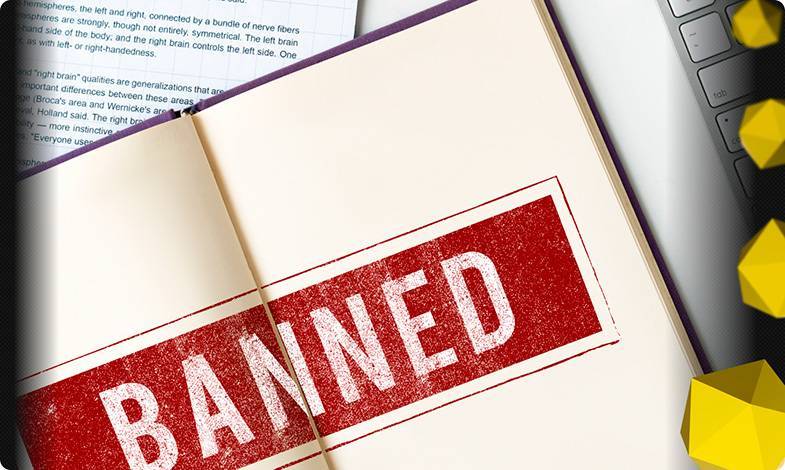Content of the article

The topic of keyword cannibalization is quite complex. Some believe that this is a serious problem, and some believe that it does not exist. What is keyword cannibalization and how does it affect website ranking? Let’s try to figure out how to identify the existence of such a problem and fix it.

What is Keyword Cannibalization in SEO?
Keyword cannibalization is a phenomenon when several pages on a website are optimized for the same or similar queries and compete with each other in search results, that is, satisfy the same or similar intent. The search engine cannot determine which one is more relevant, and none of these pages receive TOP positions, which reduces the site’s organic performance.
An example of cannibalization is the ranking of two or more website pages in low positions for one query. The search engine, at the same time, cannot determine a more relevant page – periodically one page appears in the results, then another. As a result, each one has less impact, views, and even conversions than if you had just one landing page.
What is not keyword cannibalization?
Chances are, the page that ranks first in the SERPs for a popular keyword may also rank for about a hundred other keywords. It’s not surprising that a landing page may overlap with other pages on the same domain targeting similar or the same keywords.
Sometimes the pages of one website take second and third places in the search results. The PS selected the most relevant and complementary pages. They both meet transactional intent, but differ in page type and serve slightly different purposes—a blog page and a product page appear for the same keyword in the SERPs.
This way, you can easily have multiple pages ranking at the top of search results. And it won’t harm your site in any way. On the contrary, this situation will most likely increase your site’s visibility, drive more traffic to your site, and improve CTR.
How to detect keyword cannibalization on a website
The easiest way to start a site is to search for your keyword. Google will show all the pages of your site that are included in the results for this request. Pay attention to URLs with similar names and content.
If you want proof that keyword cannibalization is working, you can check your rankings and identify cases where multiple pages are ranking for the same queries. Next, you should find out whether these pages affect the ranking of each of them.
In short, you’ll be looking for multiple pages that rank fairly low in the search results for the same query and change their rankings frequently. This task may look a bit daunting if you don’t have, for example, a ranking tool, Seranking.
Step 1: Find multiple pages that rank for the same keyword.
You may have decided that certain pages should rank for your target keyword. But Google may decide differently. In addition to your landing page, he may see other pages that are relevant to the query. You should focus on the underperforming pages that you want to rank in the top 10. If your pages compete with each other, they will rank low and even change places for the same keyword.
Step 2: See which pages change positions frequently.
Step 3: Analyze your keywords and search intent.
Our task is to understand what the intent is for the request of interest. We need to set up search results and see which pages are the most successful for our request. Is it a blog post, a list post, or a product page? Is it aimed at informing the applicant or helping him make a choice?
How to Fix Keyword Cannibalization
There are several ways to fix SEO content cannibalization. You may need to use any of them that suits your case, or combine different methods.
Merge pages
This method is suitable when you have several pages on the same topic. Analyze their content to highlight interesting details on each page. Then rewrite the landing page, taking the most useful content and combining those pages into better, deeper content. You can delete unnecessary pages. However, if they have a certain impact on rankings, it is better to set up proper redirects to the new landing page.
Fix duplication issues
Duplication problems aren’t exactly keyword cannibalization, but they work in a similar way: search engines can’t figure out which page to show among multiple identical ones. Of course, Google may try to determine which page is the home page. But it also takes a little longer to detect and sort through all those duplicate pages.
In some cases, often found on e-commerce sites or multi-local sites, duplicate content can be corrected using canonicalization. The rel=”canonical” tag tells search engines which page from several duplicates should be shown in search results. Additionally, the canonical tag consolidates link signals for similar pages into a single URL.
Why Keyword Cannibalization is Bad for SEO
Let’s take a closer look at the negative aspects of keyword cannibalization. So why is keyword cannibalization so bad for SEO? Some of the reasons are that it leads to:
- Loss of traffic and conversion. Since your landing page is competing with another in the SERPs, it will undoubtedly receive less traffic and therefore fewer conversions.
- Loss of content value and site authority. Seeing too many site pages on the same topic, especially when they seem thin and insufficient, makes users lose trust in the expertise and authority of the site’s creators. So does Google.
- Diluting the value of links. Multiple pages optimized for the same keyword – intentionally or not – will receive less ranking weight from links. This way, link juice is distributed across multiple URLs instead of being consolidated into one.
This negative impact will ultimately make your SEO efforts just a waste of time and resources. So the best approach here is to audit pages for cannibalization issues, fix them, and try to prevent them from happening in the future.
How to Prevent Keyword Cannibalization
Whether you’re just starting to build a website or are thinking about creating a new page, you need to plan for cannibalization cases at the very beginning.
Research keywords with a focus on intent
So, when you’re looking for target keywords for a new landing page, think about what intent the chosen keyword conveys. As you create new content, be sure to highlight this intent. This will increase the likelihood that the landing page will be considered relevant for that keyword.
Analyze search results for intent and ranking factors
Search engine results analysis is closely related to the previous point. Before creating content for your landing page, analyze the search results for your target keywords. Research what types of content are showing in general for a given keyword. What intentions does it cover?
Track keyword positions
Keyword mapping is an often underrated but great solution. Together with a content strategy, it can help you prevent keyword cannibalization and help you understand what content you’ll need to create in the future.
You can use a keyword mapping spreadsheet with existing pages and assigned keywords, combining them with a content plan.
Or, to make it easier, use the position display tool in Seranking.
Conduct a site audit regularly
Problems with a website are usually a serious disadvantage for SEO. Pay attention to duplicates, site structure, internal links and anchor texts.
To summarize
To summarize, here are the main points regarding keyword cannibalization:
- Multiple pages that rank low for the same query and whose rankings fluctuate widely are a sign of keyword cannibalization.
- Detecting keyword cannibalization is difficult, but with ranking tracking you can do it faster.
- To prevent keyword cannibalization, focus on intent-based keyword optimization and regularly audit your site’s SEO health.
Even with high-quality content, all your efforts can be ruined by keyword cannibalization issues. This is not something that lies on the surface, and losses can go unnoticed for a long time. Hence, follow careful keyword planning, check your SERPs and regularly audit your content and keyword cannibalization will never happen.







 23/12/2022
23/12/2022  2430
2430


